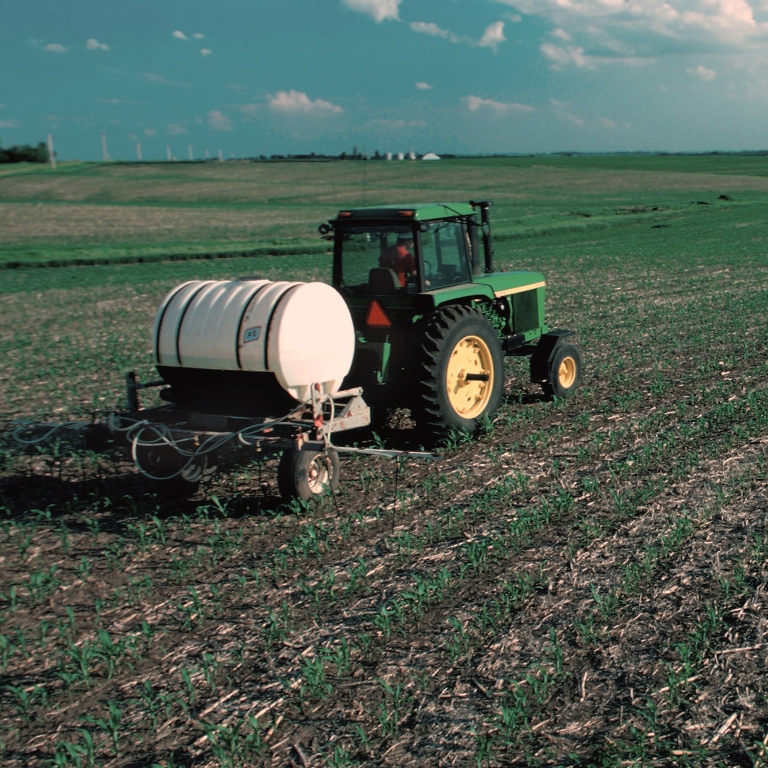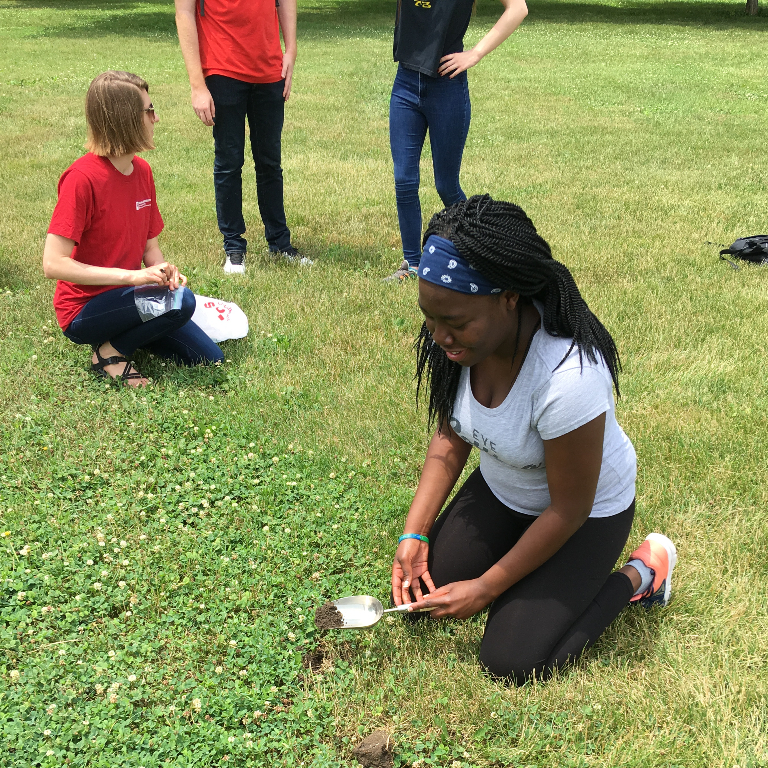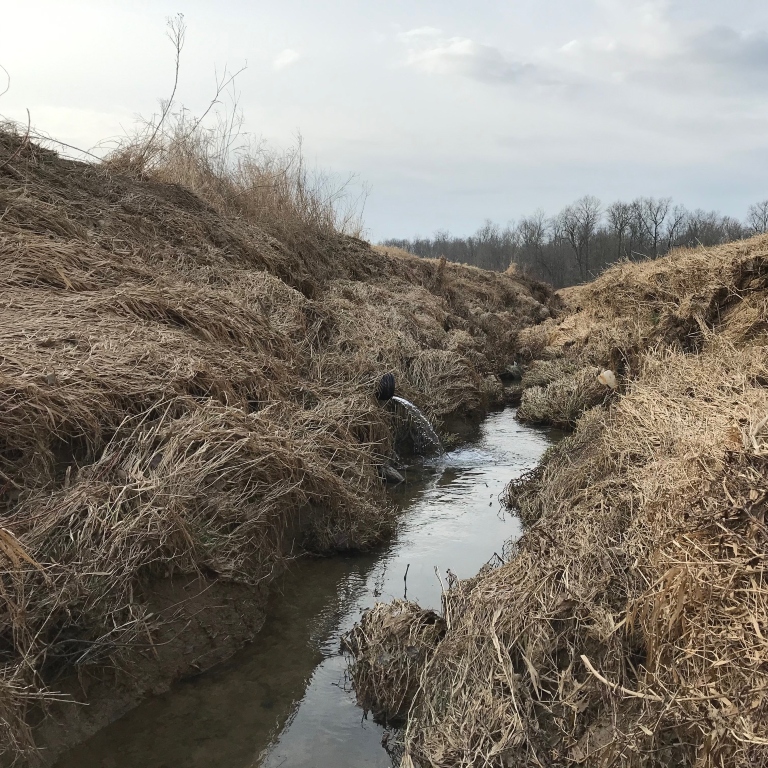Nonpoint source (NPS) pollution is the leading cause of water quality problems in the state, affecting Hoosiers’ drinking water supplies, recreation, fisheries, and wildlife. NPS pollution does not come from a single, identifiable source but occurs when surface runoff carries natural and human-made contaminants into wetlands, lakes, rivers, and ground waters.
While some NPS pollution is caused by natural sources, human activity is responsible for the majority of NPS pollution. Common contaminants include:
- Fertilizer, pesticides, and herbicides from farms and yards
- Toxic chemicals from urban runoff
- Sediment from construction sites and crop lands
- Road salt carried in snowmelt
- Acid drainage from abandoned mines
- Bacteria from livestock, pet waste, and septic systems





